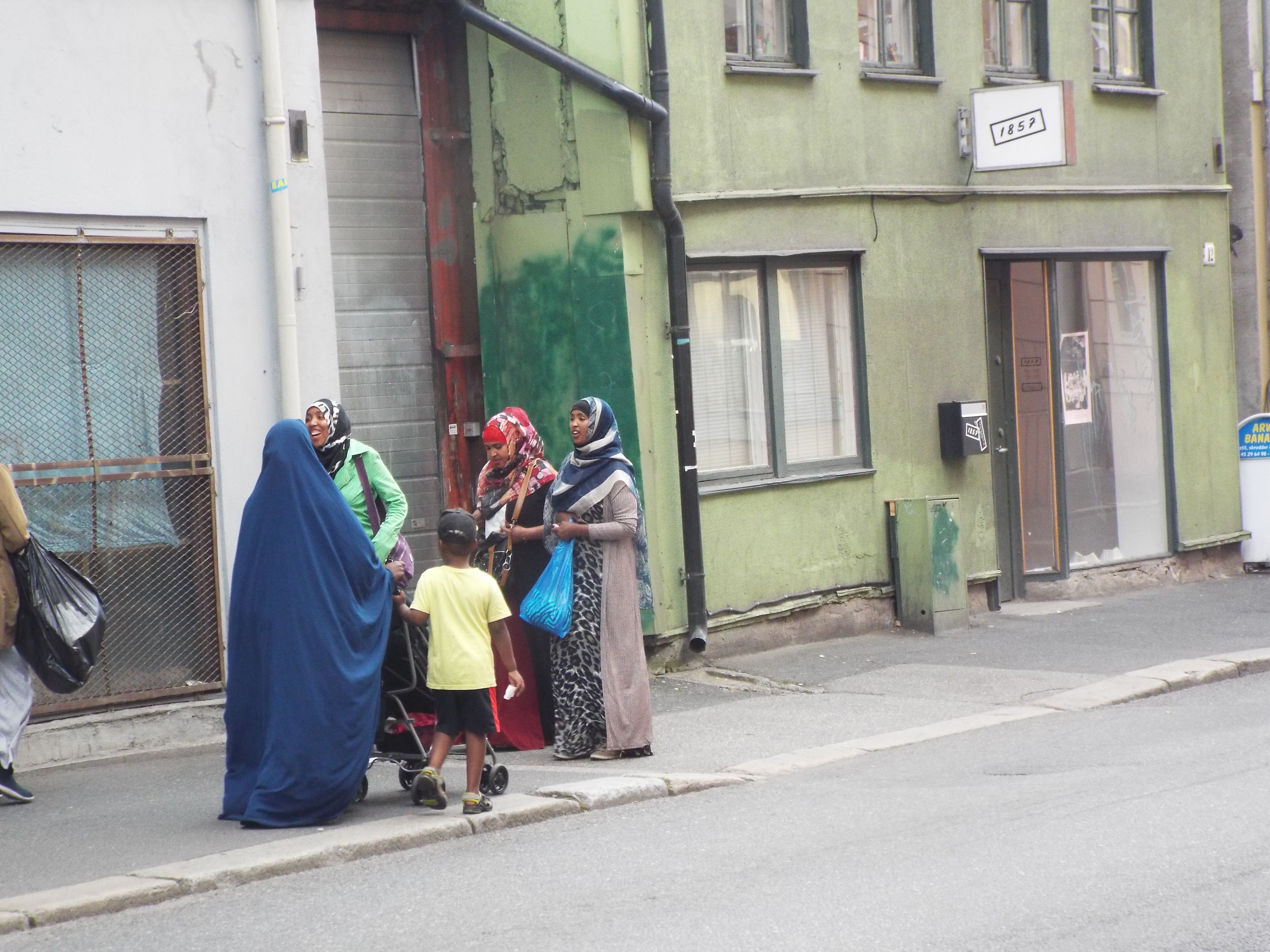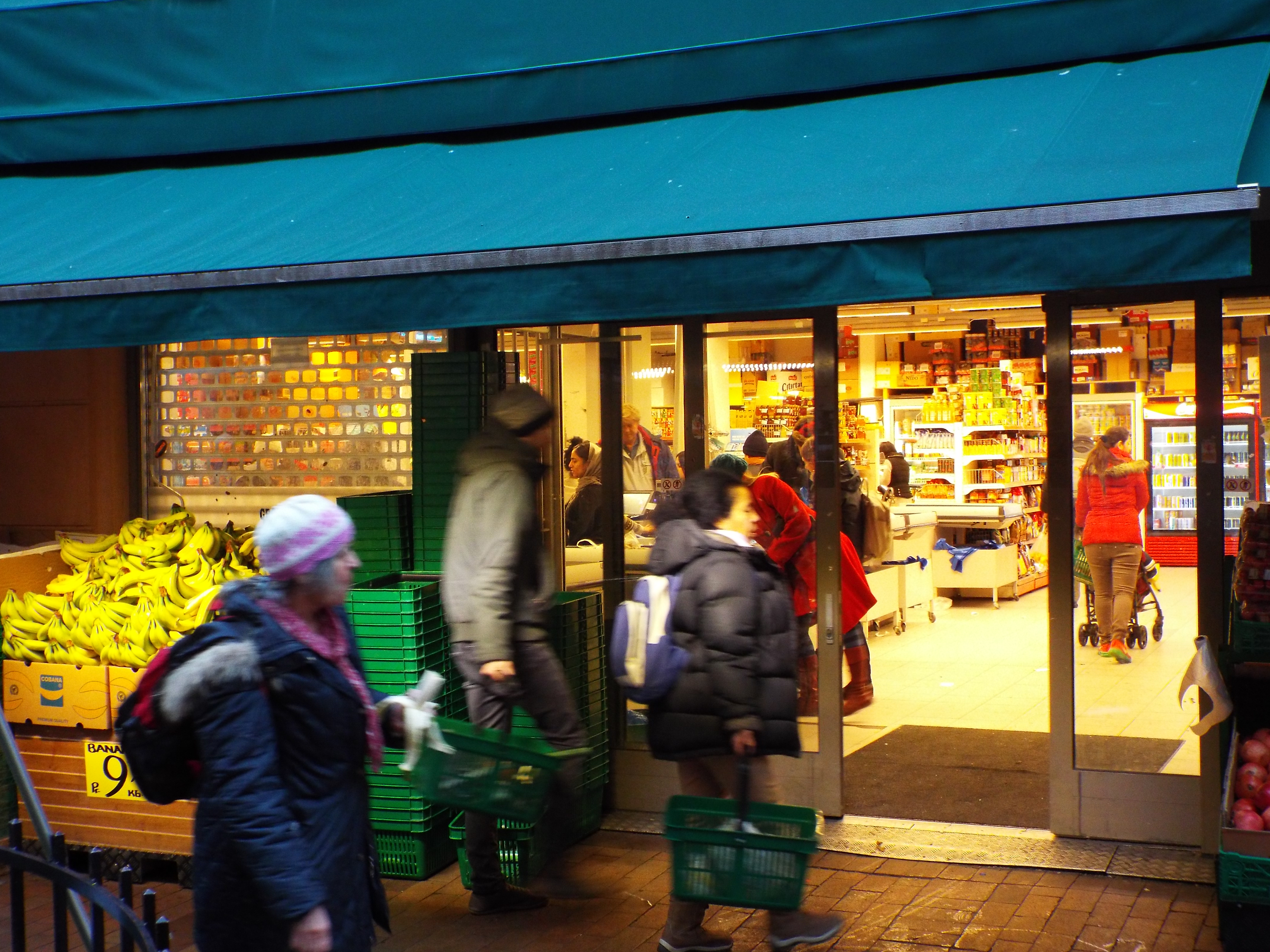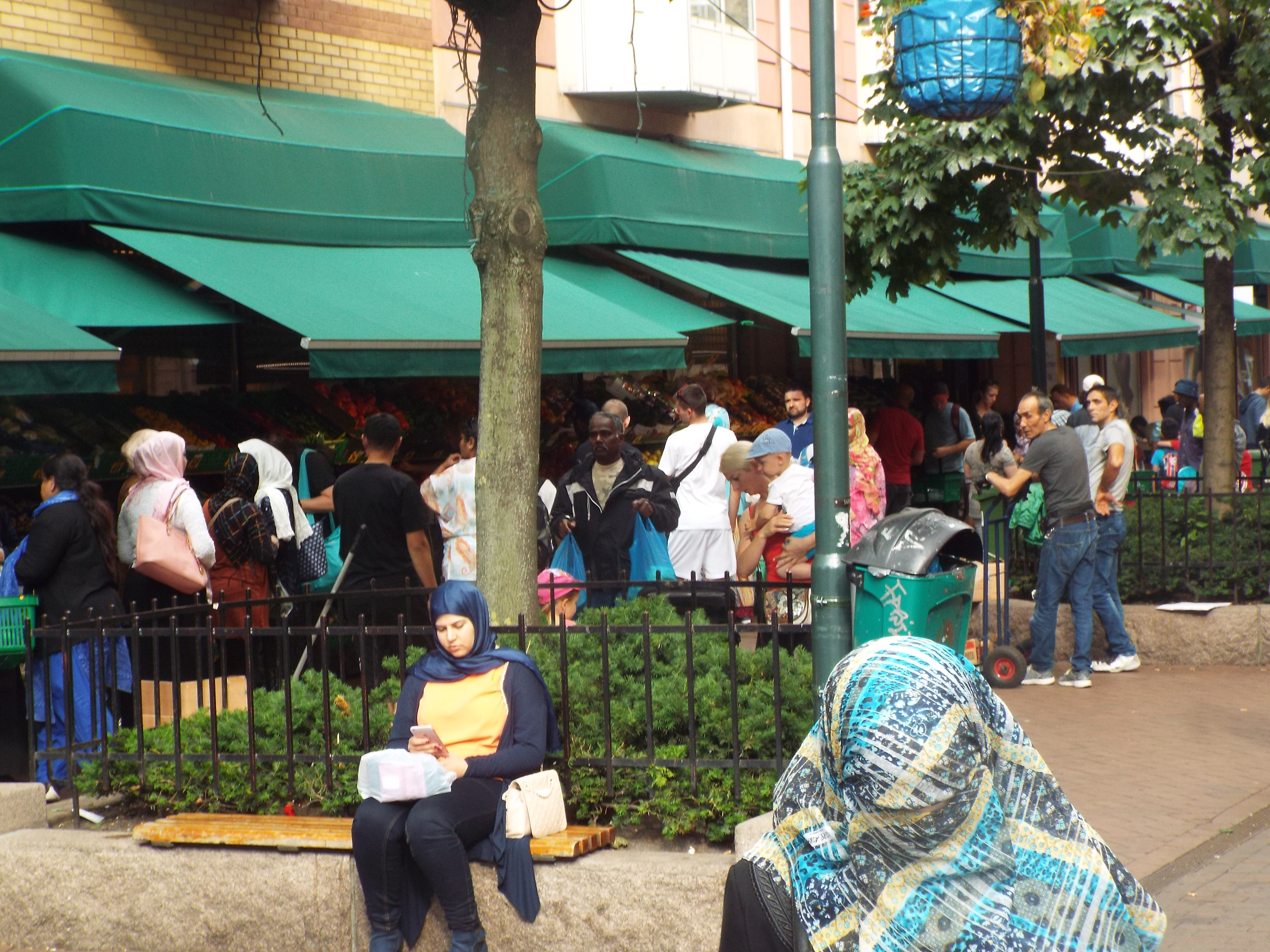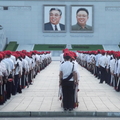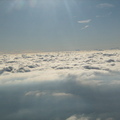There is a place, where noone would expect any mosque, basar, arabic, pakistani or turkish people. But far from the Arabic peninsula, up in the north there is a little "Islam island", which could be very much described by the sentence above.
This place is in the center of Oslo. The norwegian capital's "Grönland" district looks like it wasn't in Scandinavia, but somewhere in the middle east.
Grönland is the same name, as scandinavian people call the danish island, and the name is literally translated as "green land". In the danish case, the name comes from the green slopes of the southern side of the island, where the first vikings arrived. In the norwegian case the "green land" refers to the vast field east from the Aker river, in Oslo. This "green land" was also the historical border of the norwegian capital, today this district is famous about its multi-ethnic structure.
I was interested towards Grönland long time ago, I did my reasearch. In the internet there are mainly two kind of materials about the district: touristical ones, listing the places worth to see, and immigration-opposed websites, showing the ugly face of the neigbourhood. I was curious. How should I imagine Grönland? A colorful, friendly district in the heart of Oslo, where I can try every kind of food and meet people from all over the world, or a strictly closed "no-go zone", where even police can't enter and the locals are kept in fear by sharia law?
During an ugly, foggy january weekday, I had the opportunity to find out the truth about Grönland, by visiting it. I left the bus, and started to navigate myself to the "Central Jam-E-Mosque", which signs the entrance of the controversial district. The mosque was built in the middle of the 90-s by the World Islamic Mission, and since became the iconic symbol of the muslim-dominated district. The colorful building didn't really fit into the foggy, grey scandinavian street. However the entrance was nothing special, looked the same as any other boring entrance in the street.
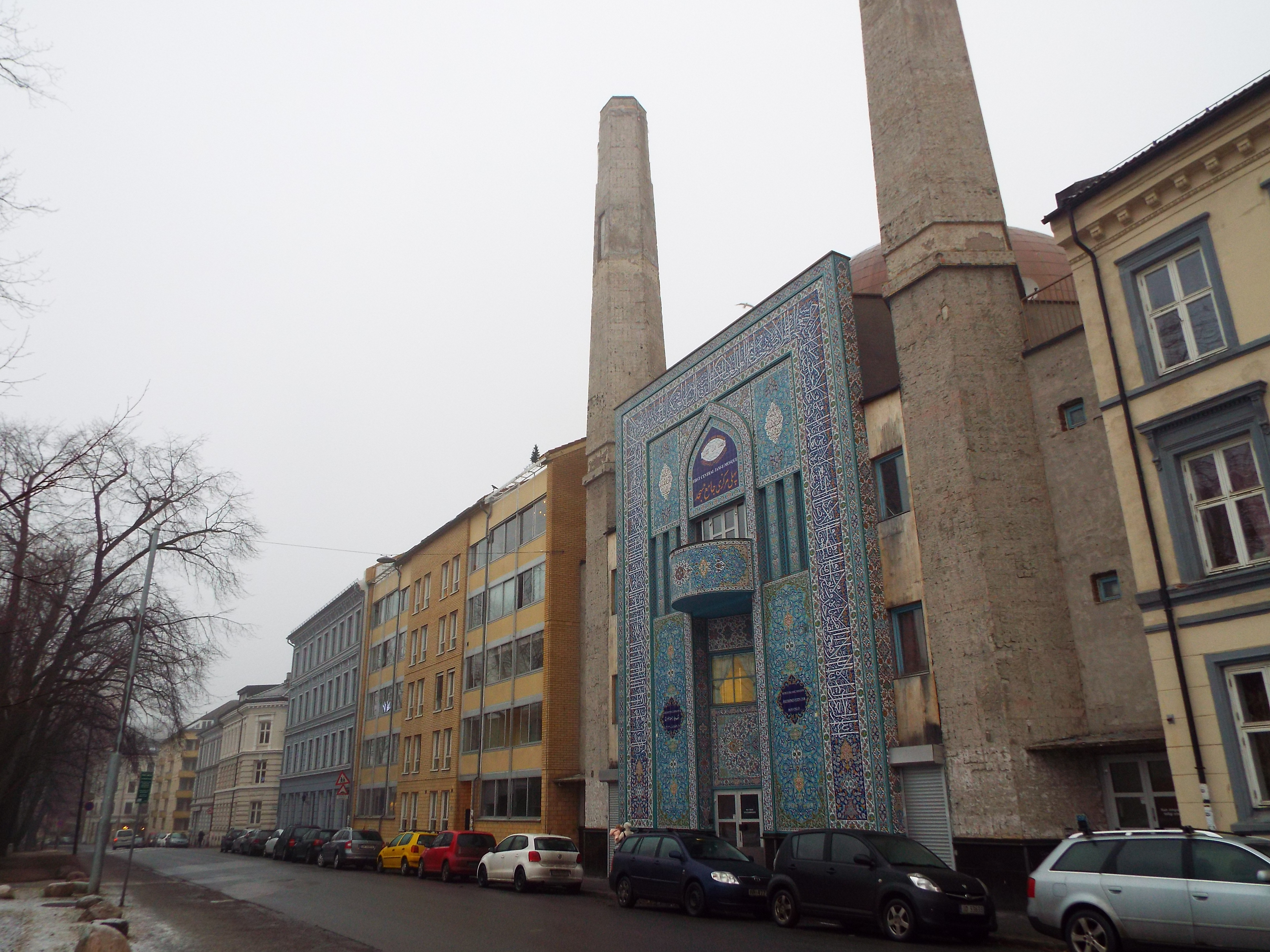
Inside I was welcomed by a short, barefooted man, who replied with a perfect english on my question, if I could look around. He didn't only allow me to have a look in the mosque, but also offered his guidance. He was actually the only thing in the entrance of this mosque, what "did not look scandinavian".The room had a staircase, similar to many block of flats. The wall had a boring brownish colour, and some simple doors on the side. We went upstairs, where I also removed my shoes, and entered to the big praying room, behind one of the boring "office-doors".
From this point of view, from the colorful praying hall, the grey landscape behind the window, seemed to be not fitting. They had everything in the room, what is needed in a mosque: some copies of the Quran, head-covers, and feet-washing places. I started to talk with my guide. He came from Pakistan, and as he said most of the people around here did so. This mosque is mainly visited by people from Pakistan, while in the center of Grönland, the mosques are mostly visited by arabians or somalians.
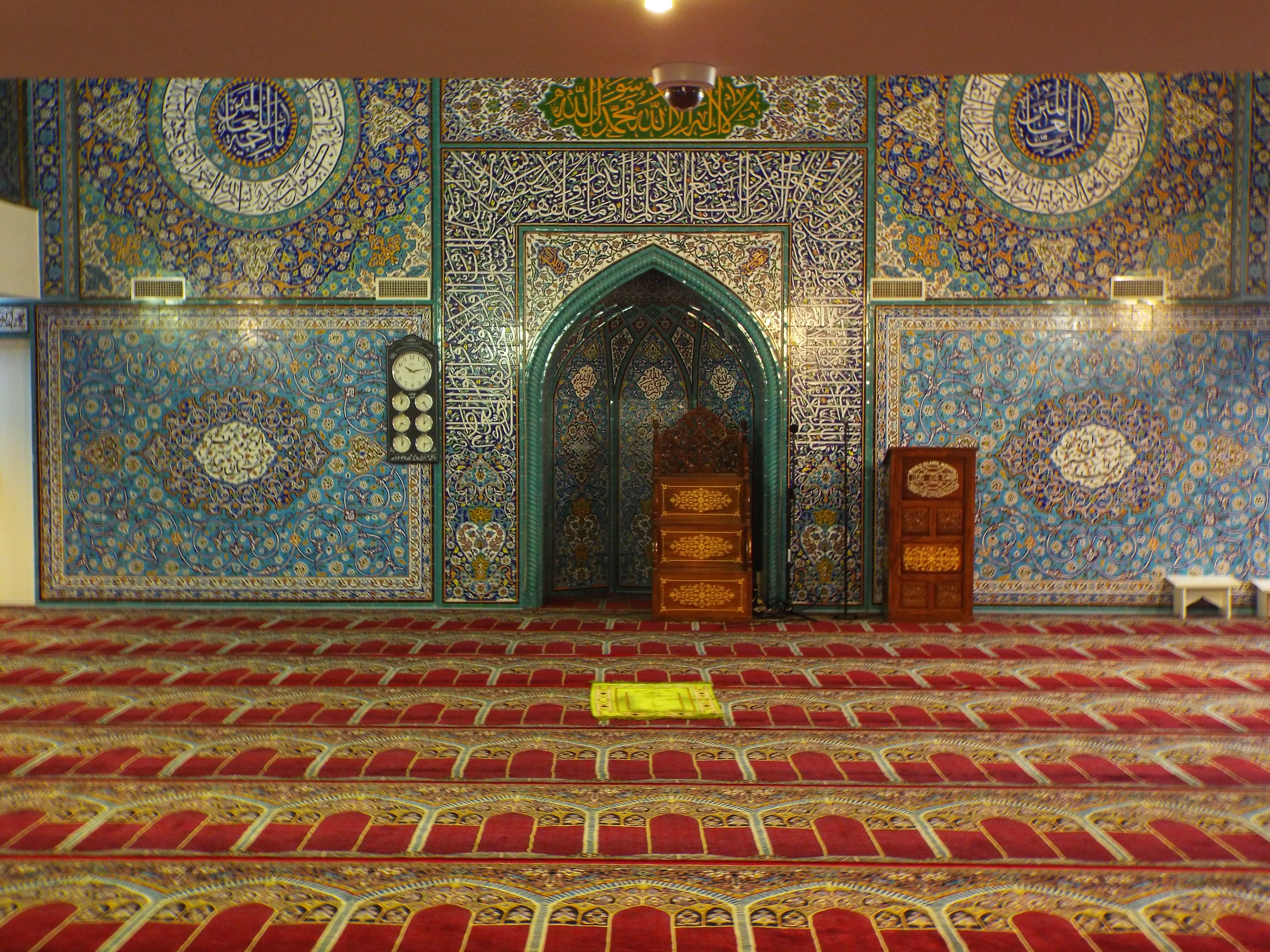
I left the mosque, able to host 700 pakistani people, and navigated myself to the abovementioned arabians and somalians. I passed by the largest church of Oslo, with its christian tower standing still above the meanwhile islamized district. While the number of arabian texts increased, and the more kebap shops, indian restaurants and halal (prepared according to the Islam's rule) meat shops appeared I started to feel arriving to Grönland. However I don't speak norwegian, but I could still hear that most of the pedestrians coming across didn't use the scandinavian language.
I paid a visit to the famous Grönland-basar, which is often mentioned as the peak of the multi-ethnical structure. Reading this a lot I expected (please anti-immigrant readers, don't read it) more middle eastern impact, I felt disappointed about how western it was. Except of a few turkish barbershop, and stores selling traditional clothes, it felt like a poor quality plaza, where the western musics, the hamburgers and the european people dominated.
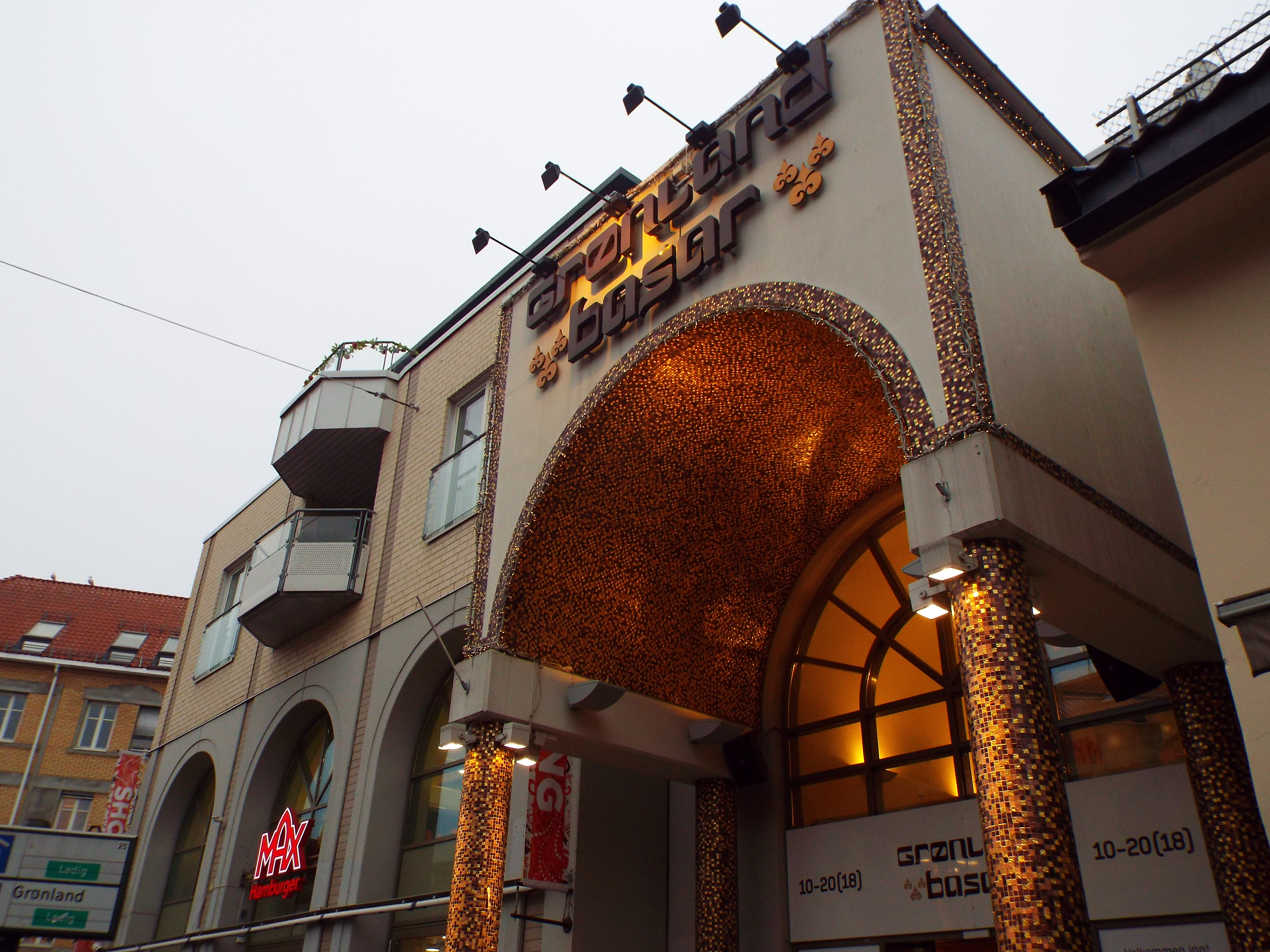
From here I continued my journey straight to the "Intercultural Museum", which was called by some touristic websites, the best quality museum of this kind in Norway. Unfortunatelly it was closed, so I could just have a quick look at the boring grey building.
Despite the enthusiastic description of the multi-ethnical situation of Grönland in some websites, I need to mention (and now the pro-immigrant readers, stop reading this sentence please) that this doesn't make the district's name sound safe for most of the norwegians. As you would expect, the crimes are more common here, than elsewhere in Norway, and one doesn't need long reasearch to find some news about bomb alerts in Grönland as well.
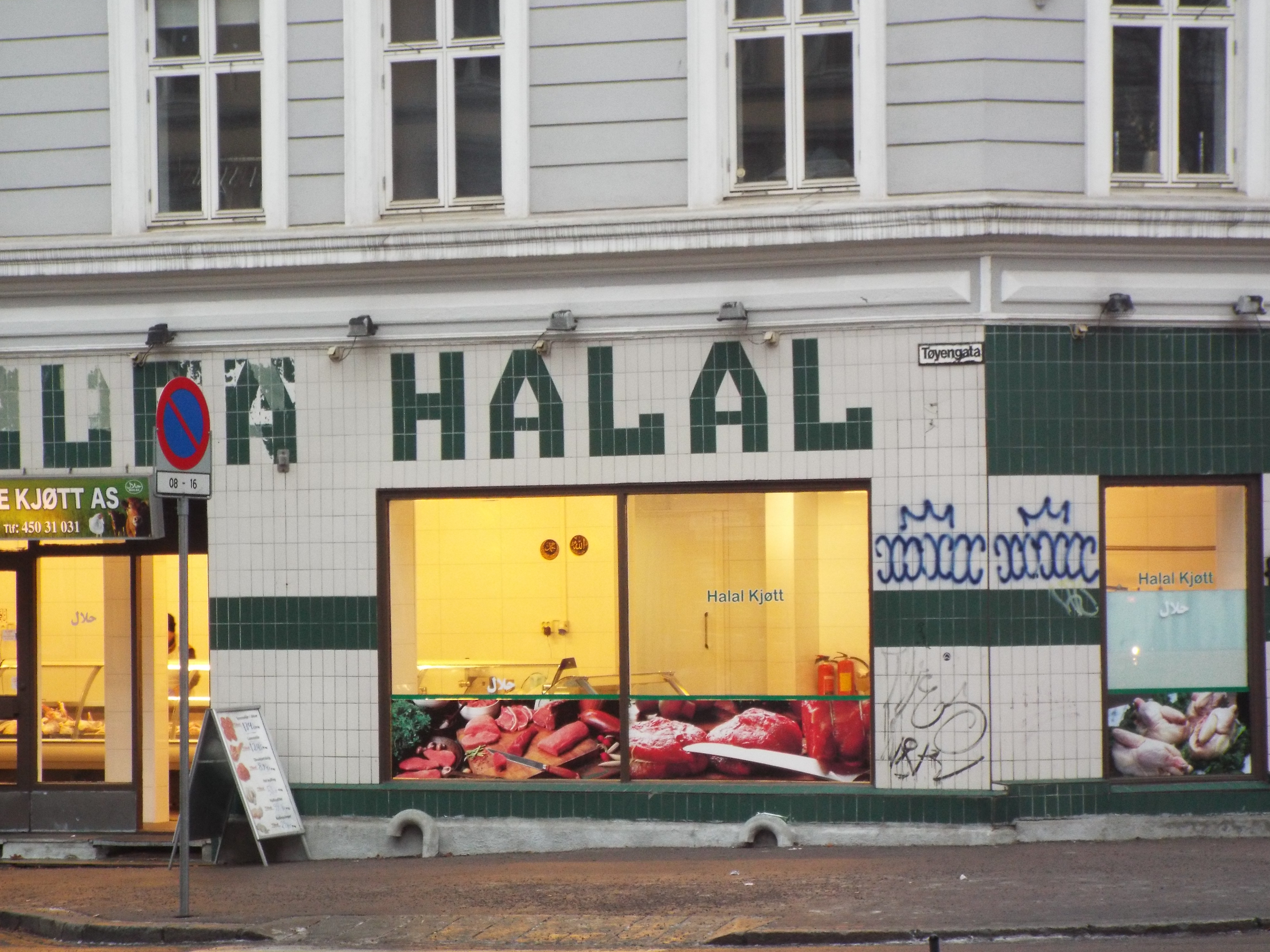
Moreover there is a phenomenon, which is called the "social control" by the more moderate sources and as a "religion police" by those, more radical. The two name refers to the fact, that some more conservative members of the first- or second generation immigrants like to criticise their less religious neighbours.
The problem with this is, that a lot of immigrants came here exactly to avoid the strict rules of the traditional lifestyles. So when they face this "religion police" they usually move to an other district, and by that they make the proportion of the more liberal minded immigrants in Grönland even less.
And this process could be already called radicalisation. One local muslim said in an interview, that he feels as the majority would treat them as potential terrorists. But the good news is, that not long time ago an other process started - in the opposite direction. With the so called gentrification, Grönland entered the road to become a cool neigbourhood.

Then I arrived to the "Grönlands Torg", which is often called to be the cheapest place to shop in Oslo. This is suprising, because the shop is located almost in the exact geometrical center of the capital, not far from the central station and the main square. But it wouldn't be nice to mention the Grönalnds Torg only because it's good prices. In this shop one can find goods and foods from almost all over the world, including rices from Bangladesh, coffe from Syria, spices from India and any kind of weird sauces from China.
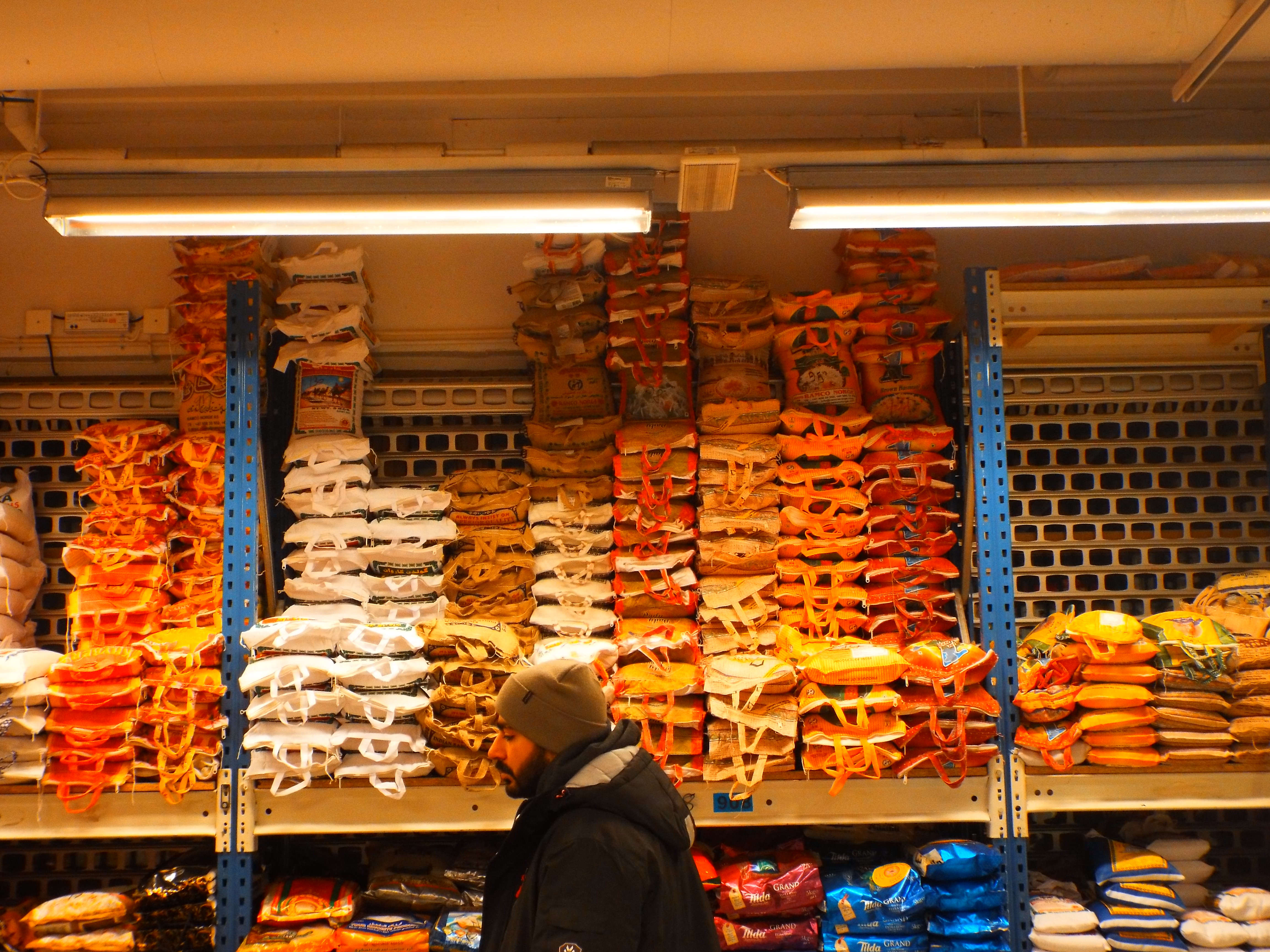
From here it's not far to the Aker river, the western border of the neigbourhood. Crossing it, I arrived "back to Norway".When I hitchhiked back to my home a taxi driver picked me up. It was his passanger asking him to stop for me, so I was really thankful for him. But the driver was a nice guy too. We talked a lot about Grönland. He told, that despite all the existing problems of the districts, it's more known of its kebabs, and cheap prices. On the other hand - he added - in Oslo most of the taxi drivers are now somalians, which can be of course interpreted on the way that they "stole their jobs". He seemed to be a wise person, who met a lot of different people and also listened all of their stories. Moreover he managed to talk about the serious topic of immigration without commiting the very common mistake: looking at this complex problem only from one side. We became so good friends in a short time, that after the passanger left, he even took me home.

